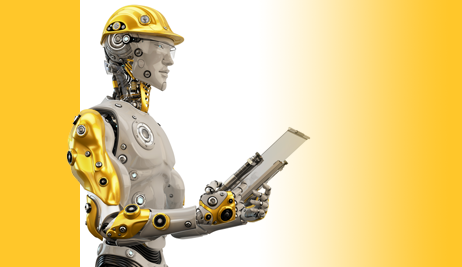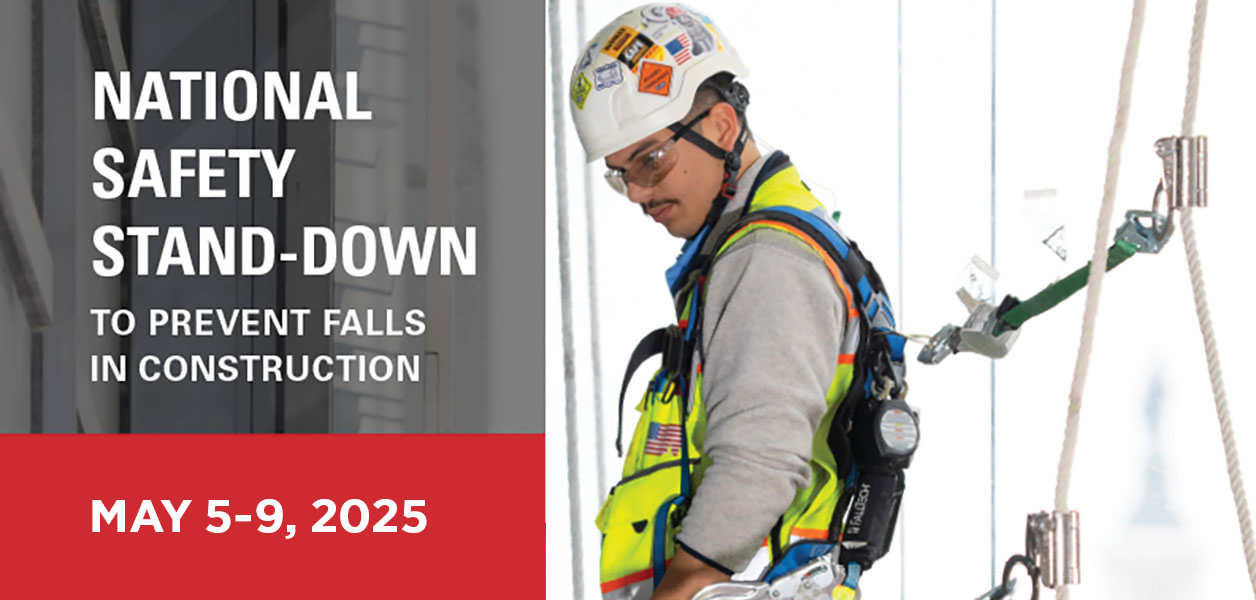A new report from Dodge Data & Analytics in partnership with Triax Technologies and the International Risk Management Institute shows about three-quarters of contractors believe technologies such as wearables and sensors can help them prevent occupational risks, including construction defects, general liability and property damage, according to www.constructiondive.com.
Among the 135 contractors surveyed, 80 were general contractors, construction managers or design-builders and 55 were specialty trade contractors.
The Using Technology to Improve Risk Management in Construction study found wearables—which include movement sensors, biometric monitoring devices and augmented reality headsets—were one of the top two emerging technology types that can add value regarding risk management.
One respondent said: "Going forward, it is going to be standard operating procedure that when you show up to work, you get issued your wearable, and go along as you've always done, but there's data being collected that will be used to mitigate those risks."
The second emerging technology was visual auditing, which involves pairing job-site photos or videos with artificial intelligence to detect deviations or risk sources—sometimes in real time—that a human worker may not notice.
Although nearly 60% of respondents are "highly engaged" with technology to conduct employee training, other areas of risk management lack wider technology adoption; technology use ranges from 44% to 47% for safety documentation, job hazard analysis and worker certifications.
Nearly all respondents said they want to be able to digitally collect and analyze safety and risk data, but more than one-third still do not. Resources appear to be the main barrier, and only 19% of respondents include data analytics as part of their budget.
The report found 90% of contractors do not specifically budget for innovation, which can lead to inconsistency in the way companies handle new technology expenses. Regarding technology, firms are most attracted to ease of use (79%), costs (73%) and the training or support that accompanies the product (51%).





